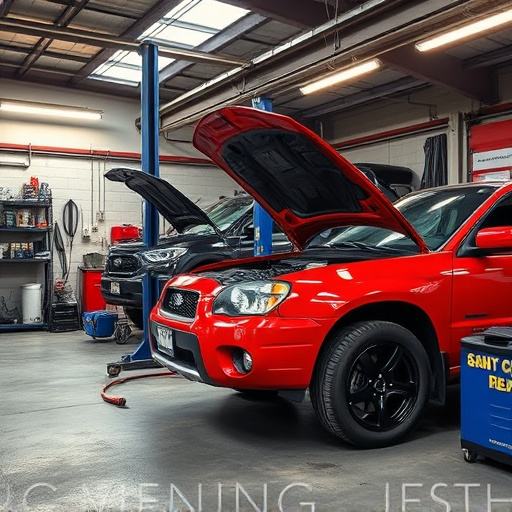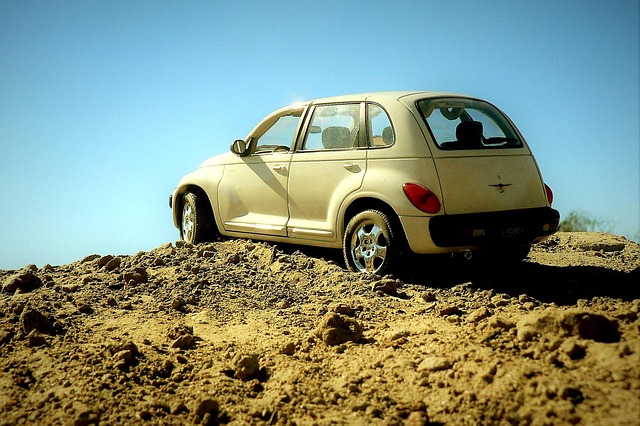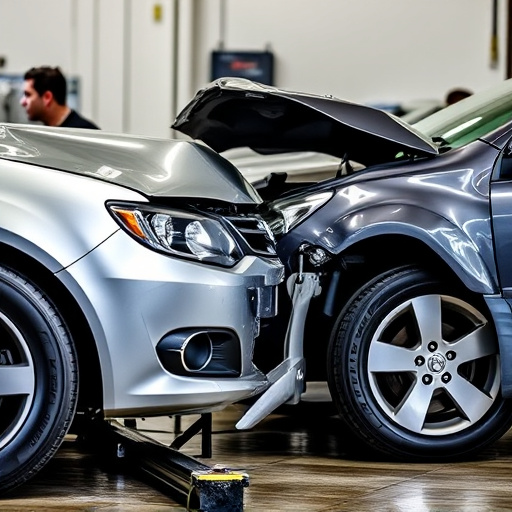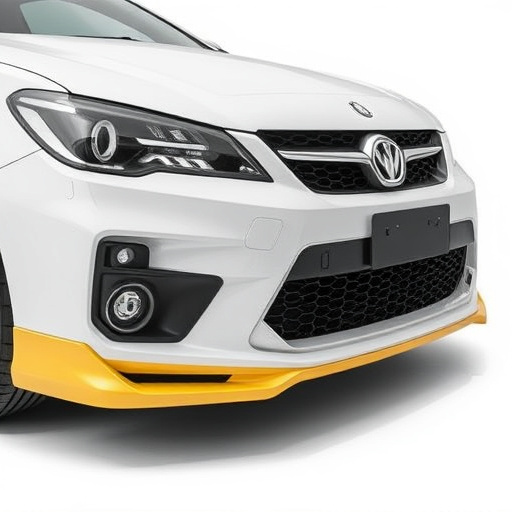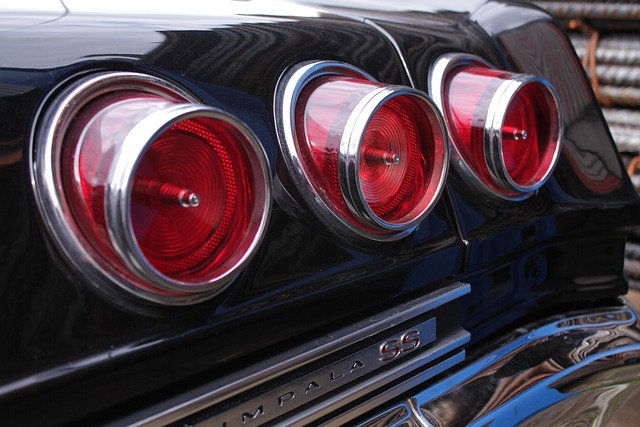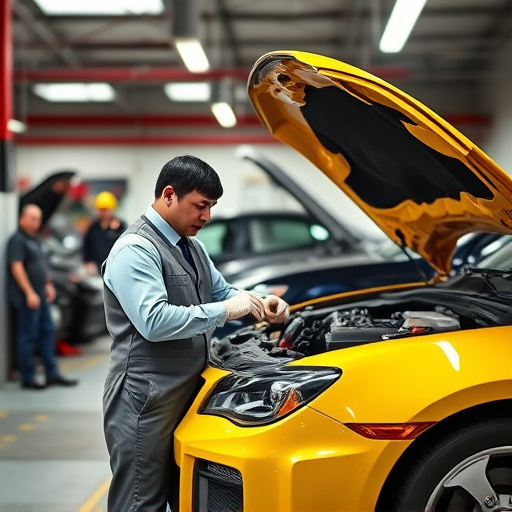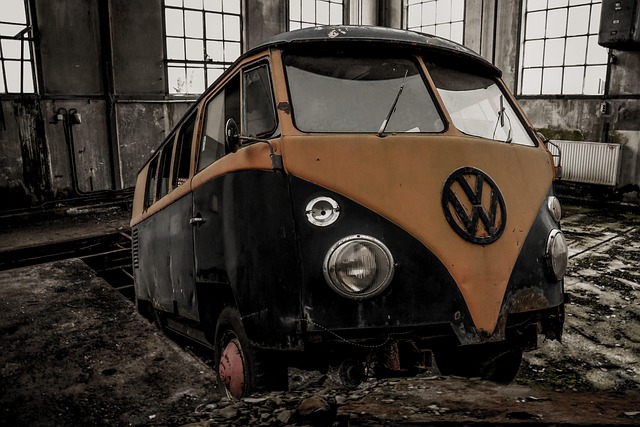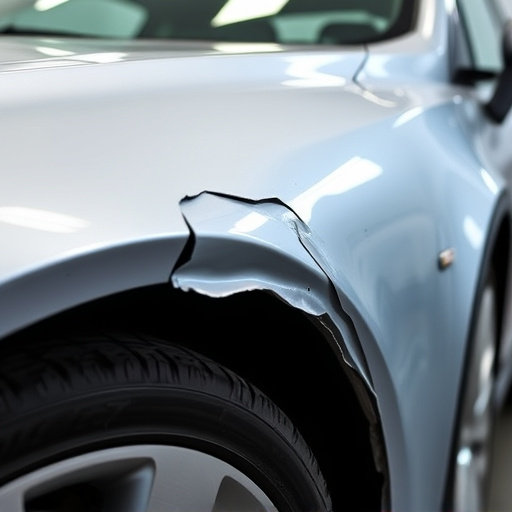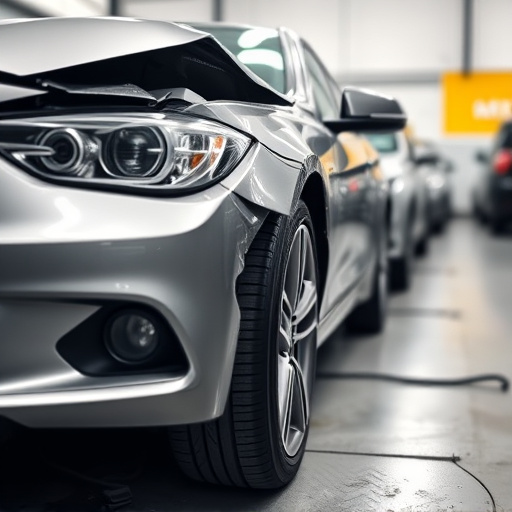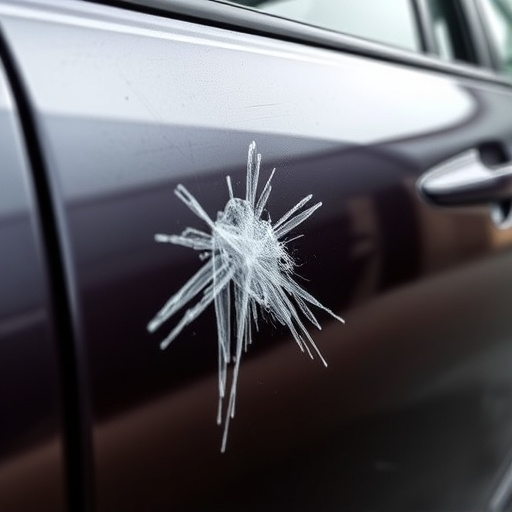Environmental factors drastically affect taillight durability, with extreme temps, UV exposure, moisture, and poor sealing causing wear & tear. Regular maintenance, including checks for damage, sealing, washing, and polishing, is crucial for optimal road safety, vehicle aesthetics, and to prevent emergency taillight repairs or replacements.
Environmental factors play a significant role in the durability and longevity of taillights, impacting their repair and replacement needs. This article delves into how conditions like temperature extremes, humidity, and UV exposure accelerate taillight deterioration. We explore common environmental challenges that automotive professionals face during repairs and offer best practices for maintaining taillights amidst these factors, ensuring safe and reliable vehicle lighting. Understanding these influences is key to optimizing taillight repair replacement cycles.
- Understanding the Impact of Environmental Conditions on Taillight Durability
- Common Environmental Challenges for Taillight Repairs and Replacements
- Best Practices for Taillight Maintenance Amidst Environmental Factors
Understanding the Impact of Environmental Conditions on Taillight Durability
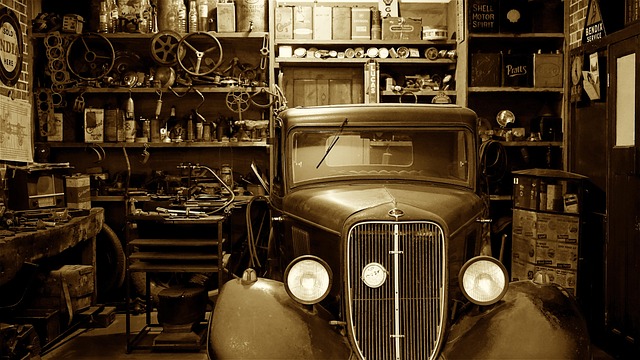
Environmental conditions play a significant role in determining the longevity and durability of taillights, which are critical components for road safety. Factors like temperature fluctuations, UV exposure from sunlight, and moisture levels can accelerate wear and tear. Extreme heat can cause plastic materials to become brittle over time, making them more susceptible to cracking or breaking upon impact. Conversely, cold weather conditions may result in reduced flexibility, leading to easy deformation.
Moreover, the constant exposure to ultraviolet (UV) radiation from sunlight can degrade the polymeric materials used in taillights, causing them to lose their luster and strength. Moisture intrusion due to rain, snow, or poor sealing can also foster corrosion, which ultimately shortens the lifespan of these lights. Understanding these environmental influences is crucial for drivers to prioritize regular maintenance and timely taillight repair or replacement, ensuring optimal road safety and vehicle aesthetics, even after considering complementary services like tire services, auto collision repair, and auto painting.
Common Environmental Challenges for Taillight Repairs and Replacements

In the realm of taillight repair and replacement, environmental factors play a significant role, presenting both common challenges and unique considerations. One of the primary hurdles is exposure to harsh weather conditions, particularly extreme temperatures and precipitation. These elements can lead to damage or failure of tail lights over time, necessitating timely repairs or replacements. Water intrusion, for instance, is a frequent issue, causing corrosion and electrical malfunctions within the taillight assembly.
Moreover, outdoor visibility, often affected by pollution, dust, and debris, can impact the overall effectiveness of tail lights. In regions with high air pollution levels, regular cleaning and maintenance become crucial to ensure optimal light output. Similarly, UV radiation from sunlight can degrade plastic components over years, leading to yellowing or cracking. Environmental challenges, thus, demand specialized auto bodywork expertise for effective taillight repair replacement, ensuring safety and compliance with regulations.
Best Practices for Taillight Maintenance Amidst Environmental Factors
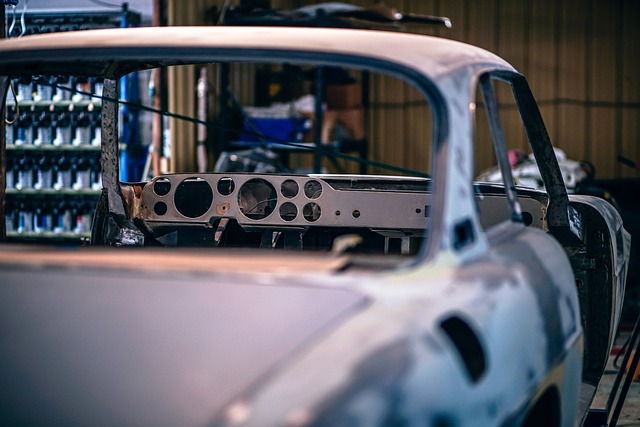
Regular taillight maintenance is crucial for safe driving conditions, especially considering environmental factors that can impact their longevity. To ensure optimal taillight performance and timely replacement, consider implementing best practices tailored to various climates and road conditions. For instance, extreme temperatures can affect plastic components, necessitating regular checks for cracks or discoloration. Additionally, exposure to UV rays from the sun can cause premature fading of lenses, so frequent inspection is key, especially in regions with high sunlight intensity.
Moreover, regions prone to heavy rain or snow should focus on sealing and protecting taillights from moisture intrusion. This prevents internal damage caused by water seepage, which could lead to flickering lights or even failure. Regular washing and polishing can also protect the taillight’s finish, preventing rust and corrosion, common issues in collision repair services for vehicles like Mercedes Benz. Incorporating these practices into your vehicle maintenance routine ensures that taillight repair replacement becomes a preventive measure rather than an emergency.
Environmental factors play a significant role in the durability and maintenance of taillights, impacting their repair and replacement needs. By understanding the common environmental challenges and adopting best practices, vehicle owners can extend the lifespan of their taillights and ensure safer driving conditions. Regular inspection and timely replacements are essential to navigate these challenges, ultimately enhancing road safety and vehicle reliability. When it comes to taillight repair and replacement, being proactive in the face of environmental factors is key.
